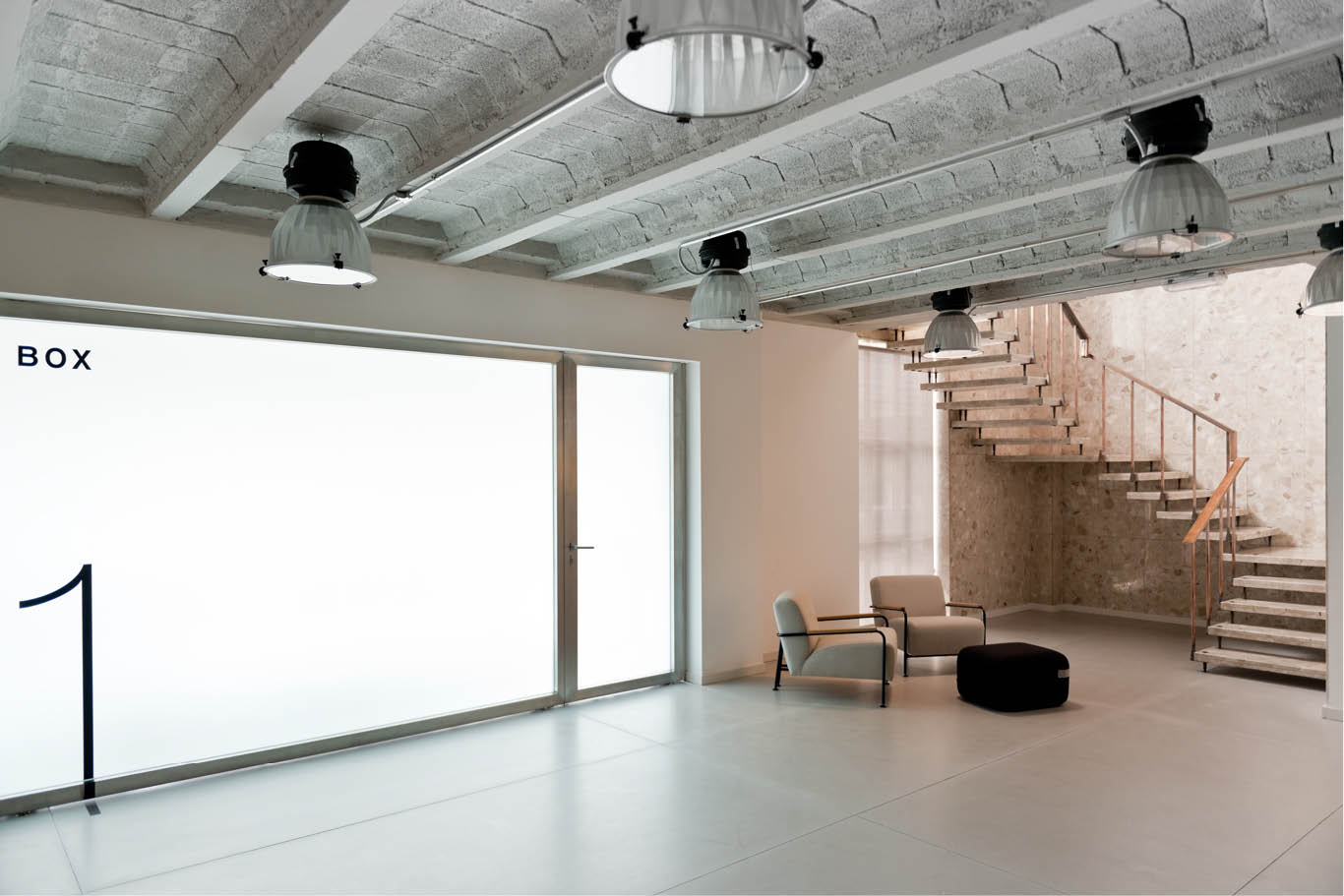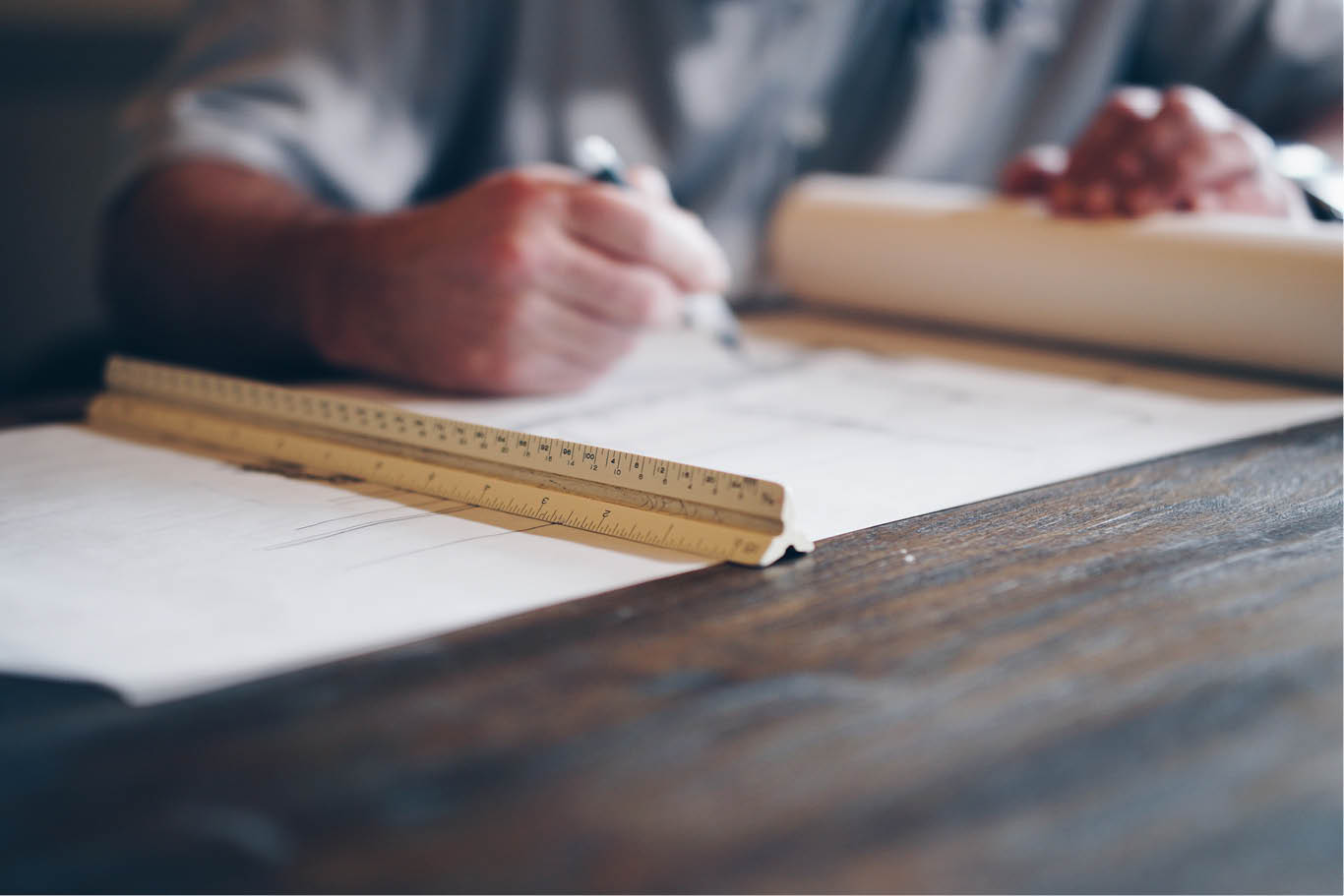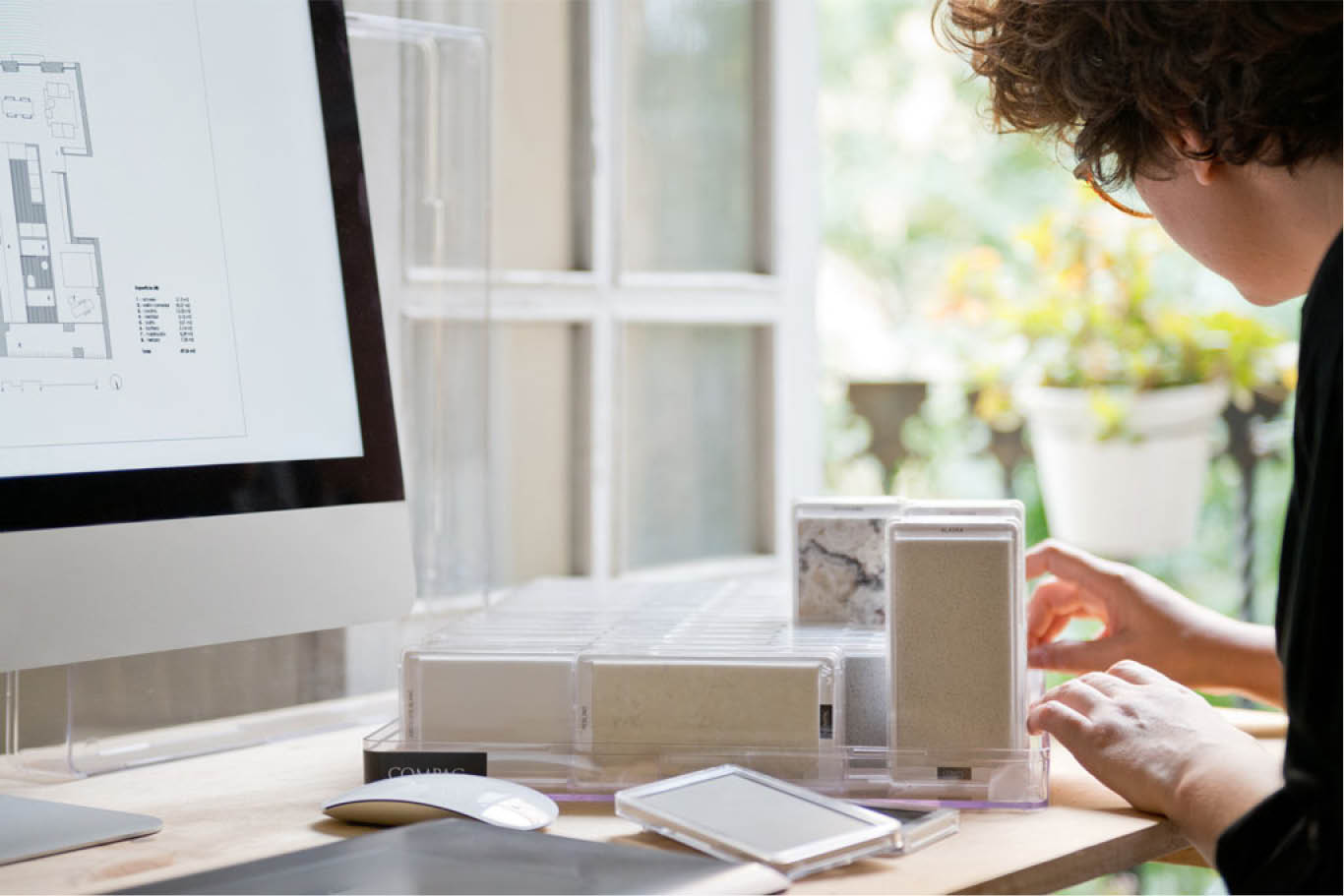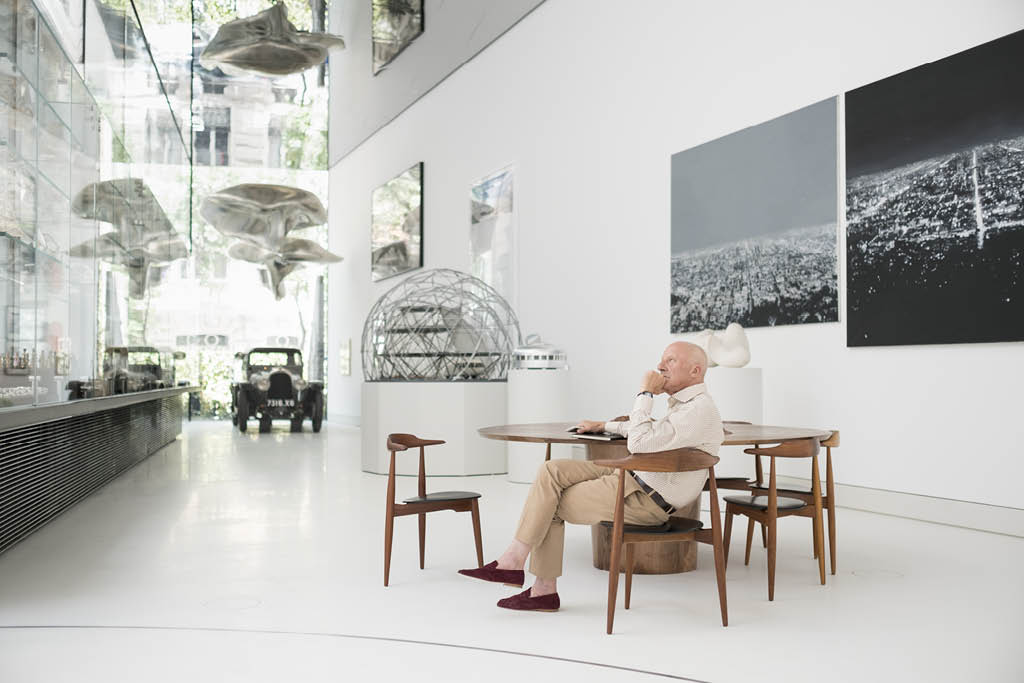
Energy efficiency is a core issue for sustainability and as such, it is a sound idea to not overlook it if we want to avoid facing an environmental crisis. Given how important this issue is, our aim here it to find out how we can achieve efficiency within architectural planning and design. The first step comprises taking advantage of the climate in the building’s location. So says Miren León, an architect specialising in sustainable design and energy efficiency: ‘The first thing we need to do is adapt to the environment. Constructing a building in southern Spain is not the same as building in northern Europe. You need to take the climate and orientation into account, as well as winds, natural obstacles, topography, rain and sunlight.’
In turn, León explains that for single-family dwellings there is more of a margin to design layouts that suit the climate, since planning conditions enable a single plot to be adapted more than alignments in urban areas, which tend to be stricter. ‘Nevertheless, the main thing is to try and achieve a compact building where the longest façade faces south, and supervise windows and doors so that sunlight can be maximised in winter while also protecting the building from it in summer’, states the architect. This works for places where the weather is not harsh; however, how should a building be planned for extreme climates? As the specialist points out, traditional architecture in each area provides many clues as it has adapted over many years to the climate by using local materials. For very cold climbs where heating demand is extremely high, buildings that maximise heat gains and minimise energy loss should be constructed. For example, well-insulated buildings with triple glazing that use sunlight as a passive heating system.
In turn, energy demand in hotter climbs comes from cooling thanks to the higher outdoor temperatures and greater sunlight. ‘The strategy then would be the opposite and buildings need to minimise heat gains through solar protection in windows, doors etc. and maximise heat loss through passive cooling’, says Miren León.

The importance of renewables
Attaining energy efficiency is a commendable aim that should be part of any architectural project. Nonetheless, the approach has relatively little impact if it is not supported by a clean energy and renewables policy. In this sense, the Spanish Building Code imposes a percentage of total domestic hot water demand in buildings be covered by solar power, so we could say that this renewable source already has a wide, practical application. ‘Solar is a clean, renewable source of energy but with a variable performance since it depends on sunlight. It may therefore be necessary to supplement it with other renewable energy sources such as biomass boilers’, the architect points out, reflecting the growing popularity of aerothermal energy as a good renewable source in single-family homes.

User wastage
Alongside architectural planning and sustainable policies, there is a third element: user responsibility. Design and legislation go hand-in-hand with public awareness campaigns aimed at reducing wastage in stored energy. Despite heating and cooling system usage being ever more optimised, ‘it is a common, widespread practice’, states Miren León, ‘to overuse heating and air conditioning, or use them at higher temperatures than those set for thermal comfort’. According to the architect, central heating is usually set at high temperatures, especially in buildings with older residents, and windows are often opened for longer than necessary, with the subsequent energy loss this represents. ‘Other bad habits include, for example, covering the mini-vents in windows in new houses (interfering with the building’s ventilation cycle), not having or not using solar protection on openings (blinds, awnings, shutters, etc.), ventilating too much in winter or when it’s still hot outside in summer, overusing artificial lighting, etc.’, details the expert.
Economic and environmental cost
As stated at the beginning, poor energy planning at architectural level or users wasting energy has an environmental impact, but this not the only one: the economic cost is also high. ‘If a building is not energy efficient, the cost to users is higher, especially in the long-term since they have to pay higher utility bills (electricity, water, heating or gas). Energy prices tend to go up, meaning if a building is energy efficient, the long-term savings are high’, says León. Alongside this, the energy used by the building in the medium- and long-term produces a series of emissions into the atmosphere and represents fossil fuel consumption whose environmental impact is high. In short, if a building is energy efficient, it represents major savings in terms of running costs and from an environmental perspective.

